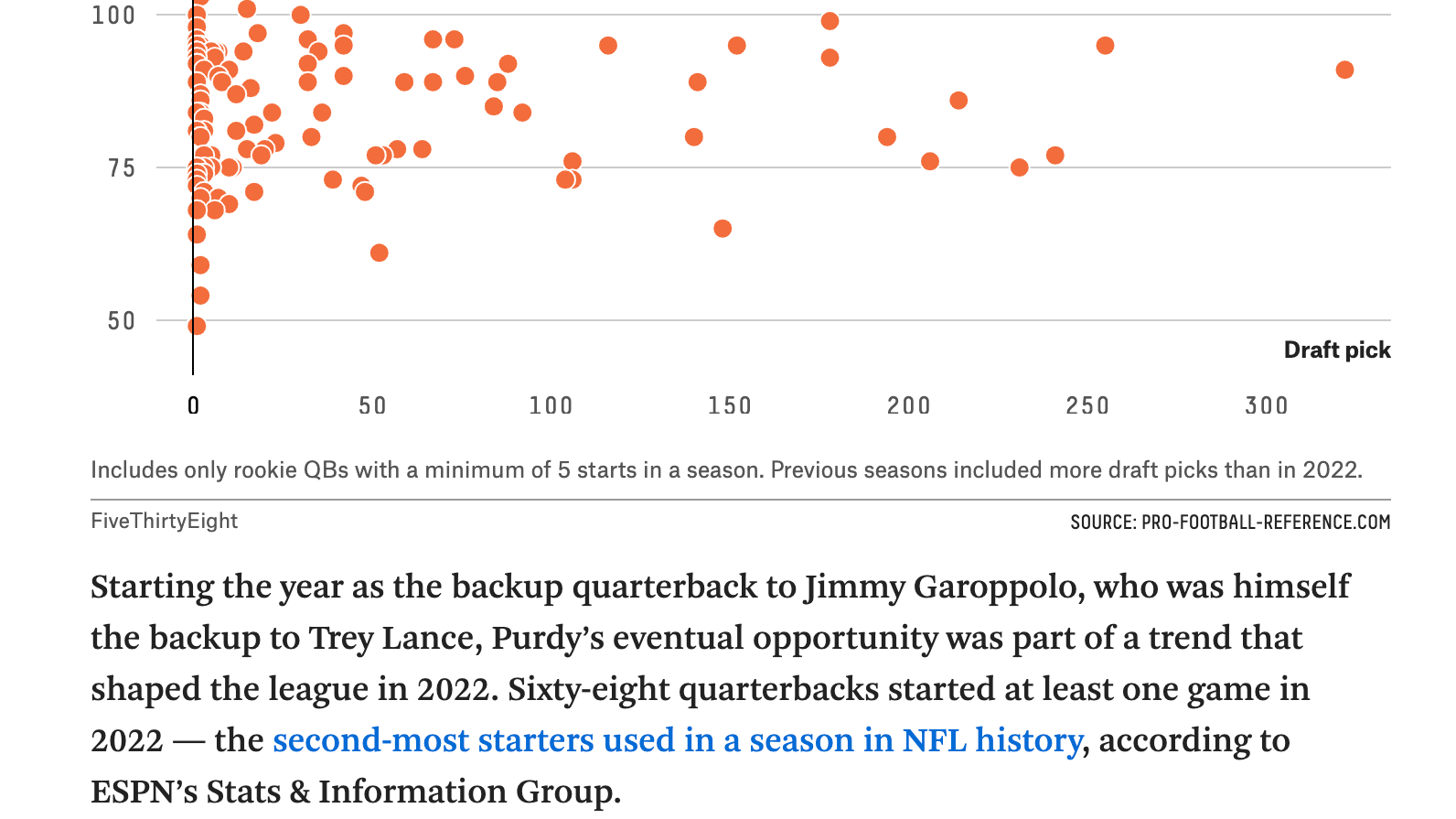The Last Longshoreman: an interview with author Marc Zappulla
Through the Lens: A Photography Podcast
On this episode of Through the Lens: A Photography Podcast I was joined by Connor Blake, the team photographer for the Maine Mariners. Connor is in his second season working with the team, and offers insight into how he got into photography and his unique route into the sports world. His work can be found @connorblakephotography on Instagram
The Art of Chelsea Slideshow
By Cullen McIntyre & Haley Hersey
Chelsea, Massachusetts is a culturally diverse neighborhood in the greater-Boston area that has a thriving arts scene. There are many murals throughout the city created by local artists that portray the identity of some residents. As the City of Dreams plaque located at Chelsea Walk notes, Chelsea "has welcomed immigrants from various countries for many years, working together to promote inclusivity, diversity and tolerance."
Civic Design & Engagement Strategist for Chelsea's Department of Housing & Community Development Mimi Graney said, "We received a Department of Justice grant that had a detailed study on safety and showed lower crime since the programs started, especially quality of life issues on Division St and Luther Place."
Graney said the murals around the city have also raised pedestrian safety, gave community identity, developed a cohort of local artists and brought about civic dialogue pertaining to political topics.
Civic Design & Engagement Strategist for Chelsea's Department of Housing & Community Development Mimi Graney said, "We received a Department of Justice grant that had a detailed study on safety and showed lower crime since the programs started, especially quality of life issues on Division St and Luther Place."
Graney said the murals around the city have also raised pedestrian safety, gave community identity, developed a cohort of local artists and brought about civic dialogue pertaining to political topics.
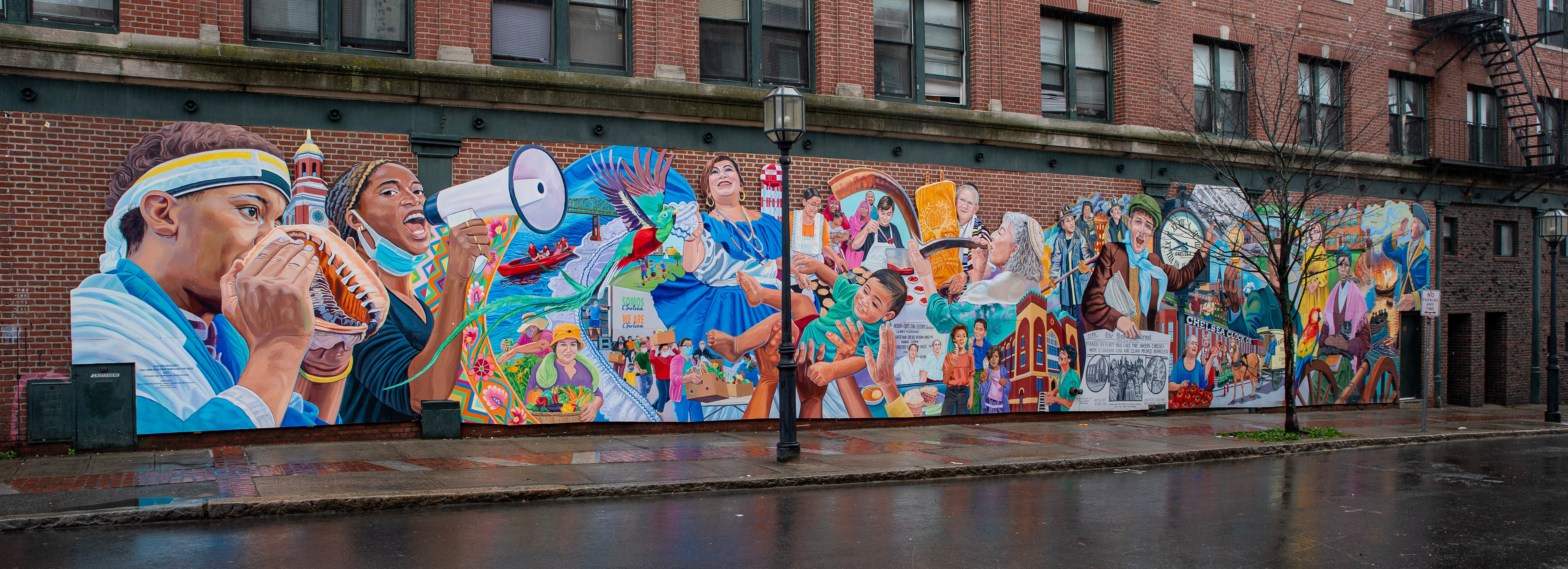
"Chelsea Resilient: Call and Response Through the Ages 2021" by David Fichter on Fifth Street.
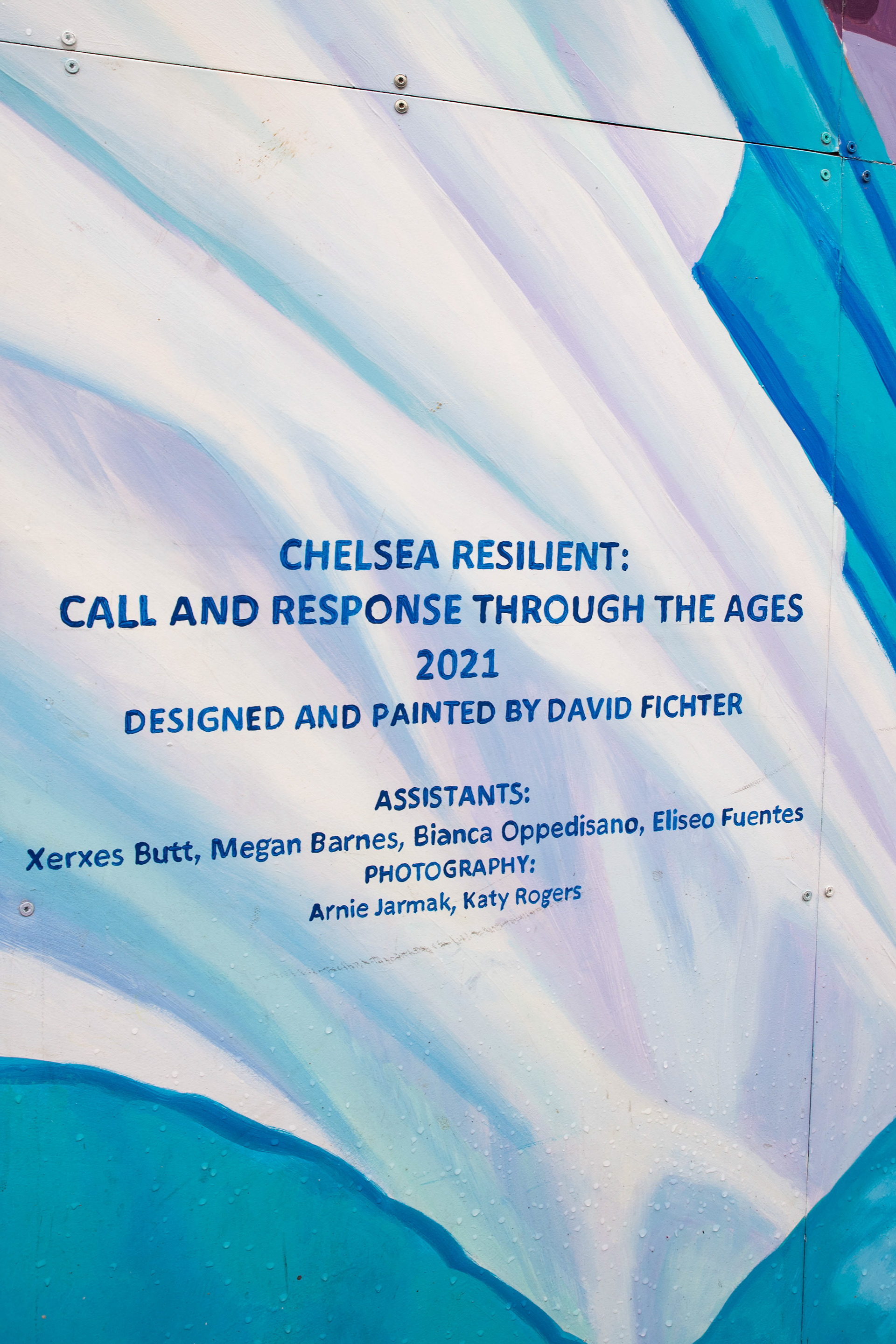
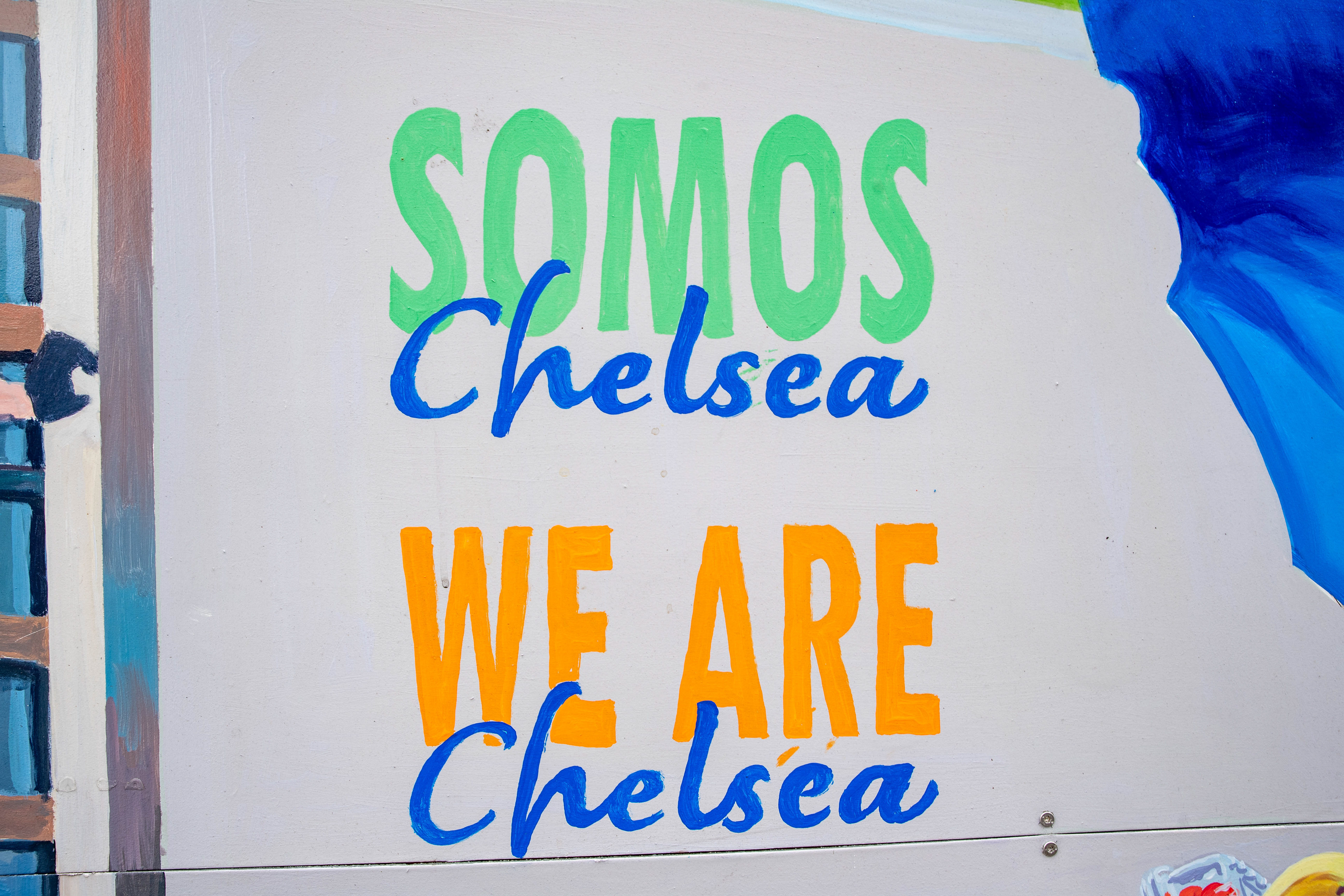
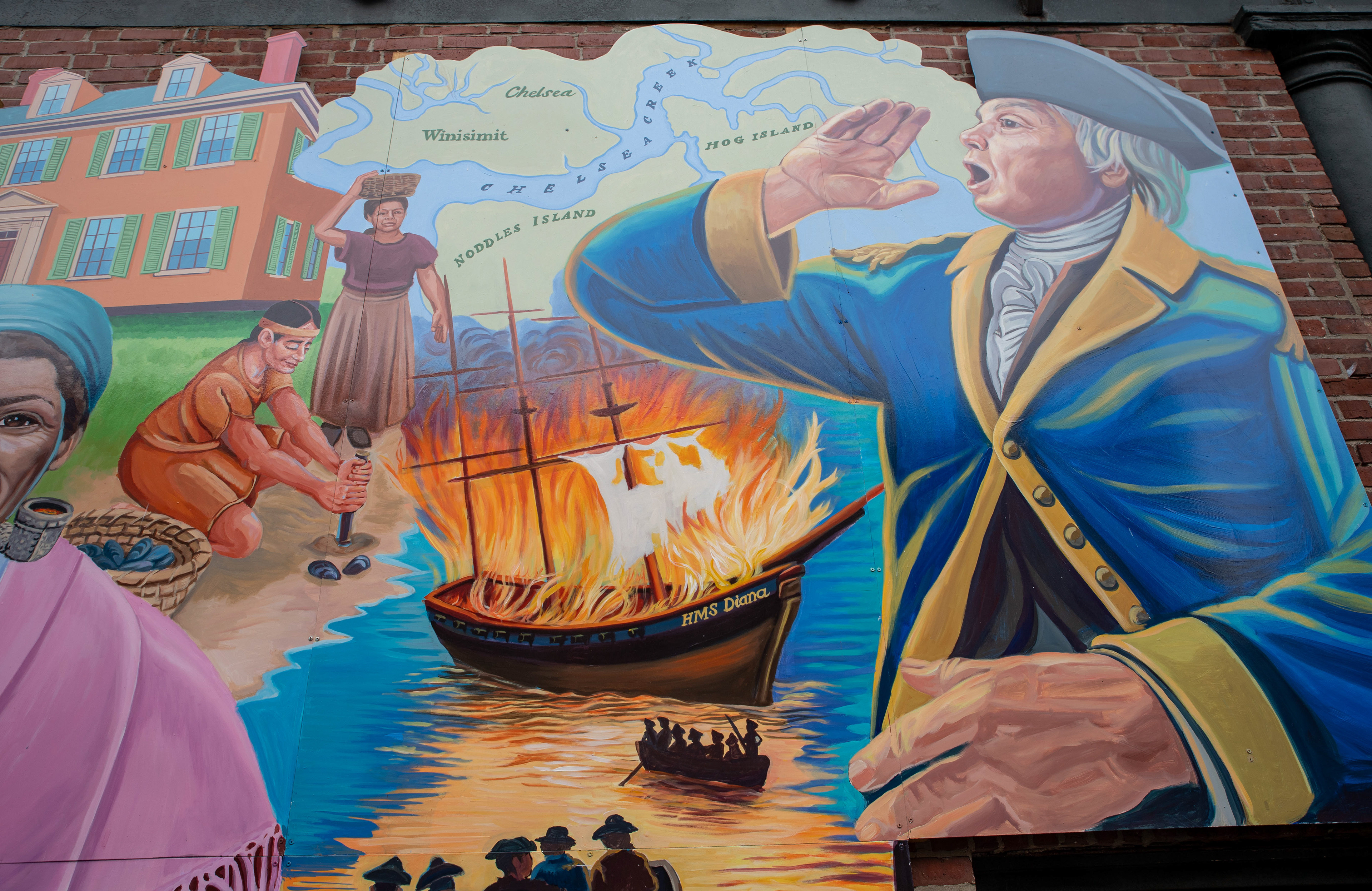
The end of "Chelsea Resilient: Call and Response Through the Ages 2021."
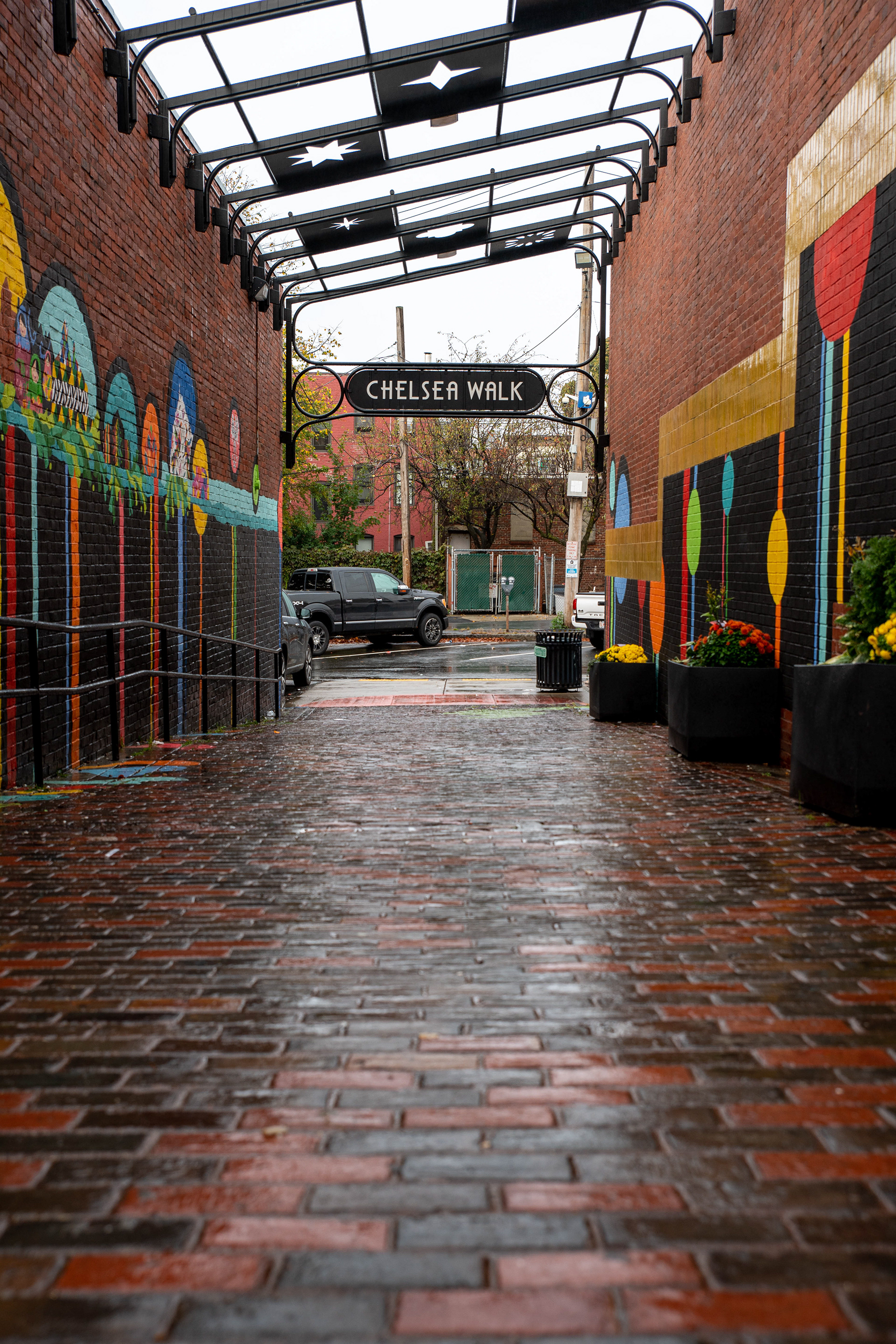
The revitalized Chelsea Walk located in the downtown area.


A metal part of the exhibit on the Chelsea Walk that spans the walkway.

The beginning of the Division Street Neighborway Project by Chelsea Prospers
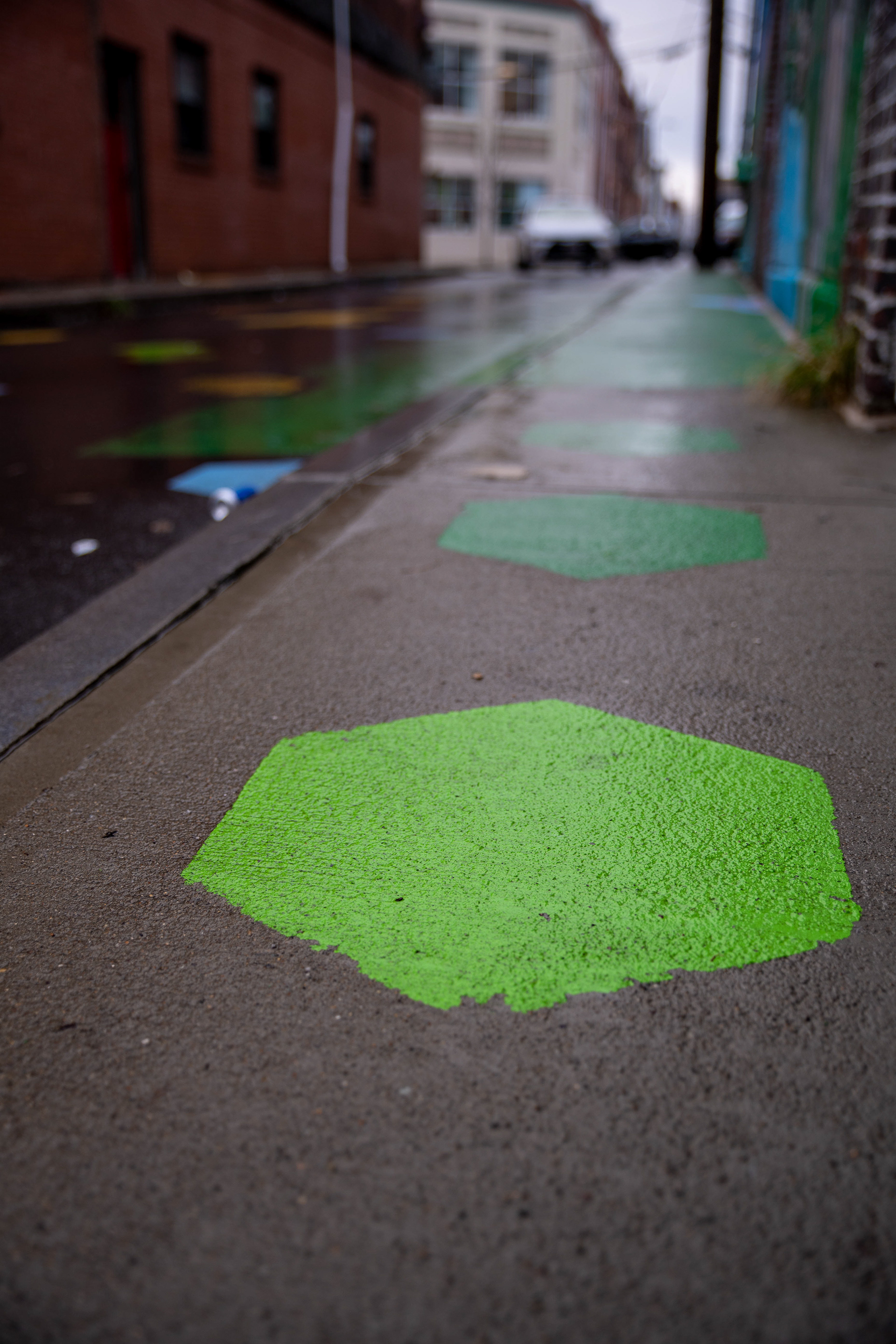
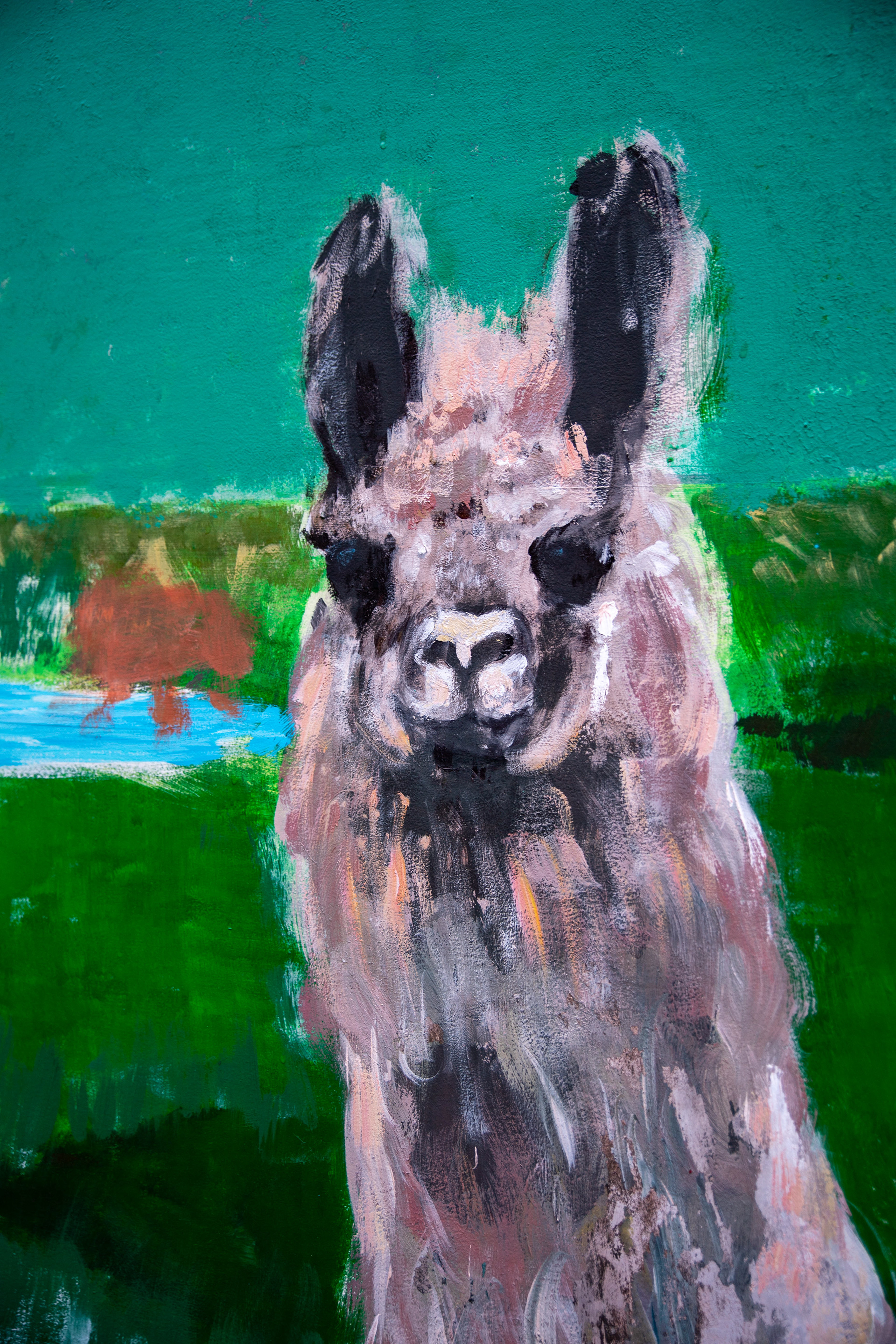
Chinatown Slideshow: The Gate
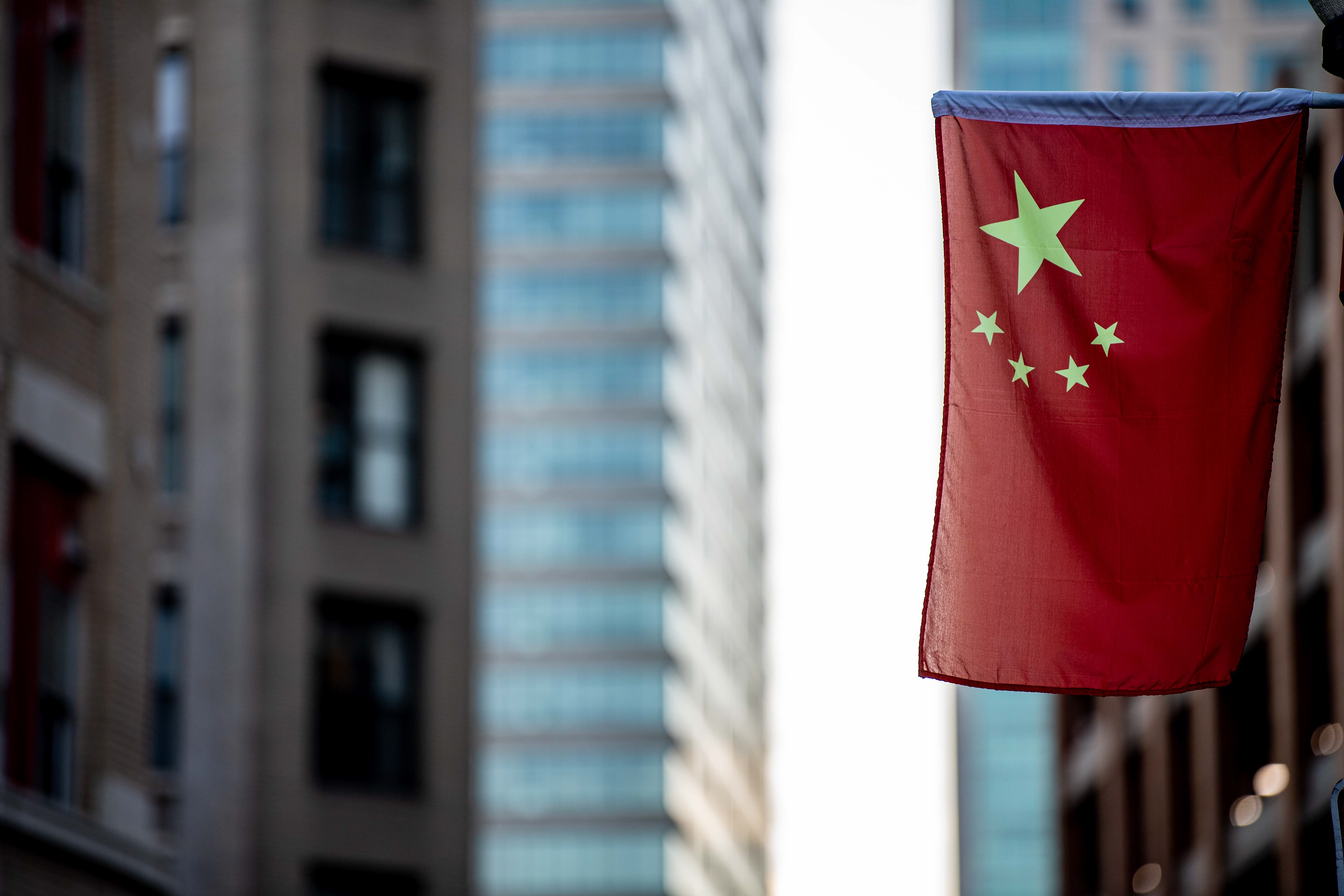
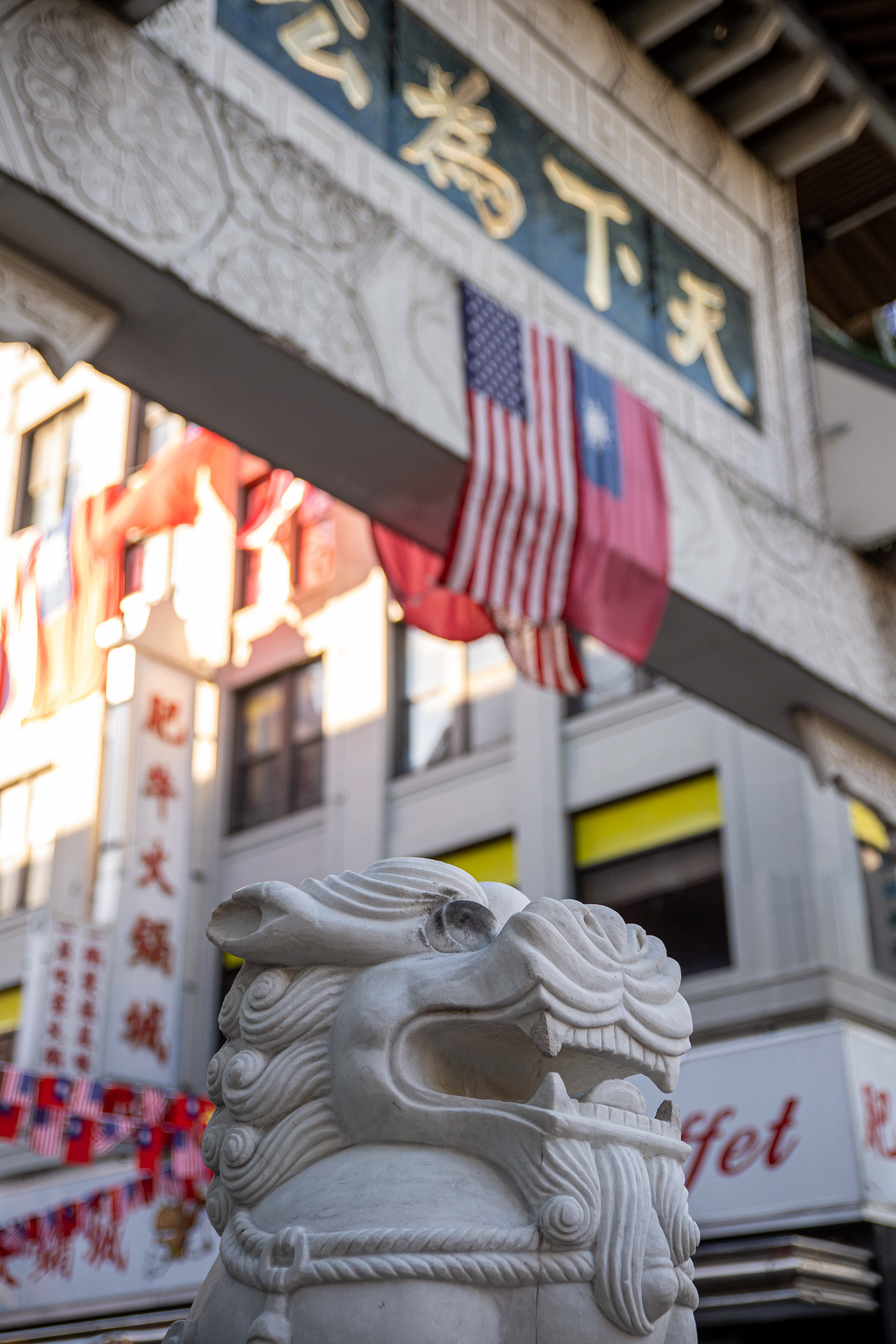
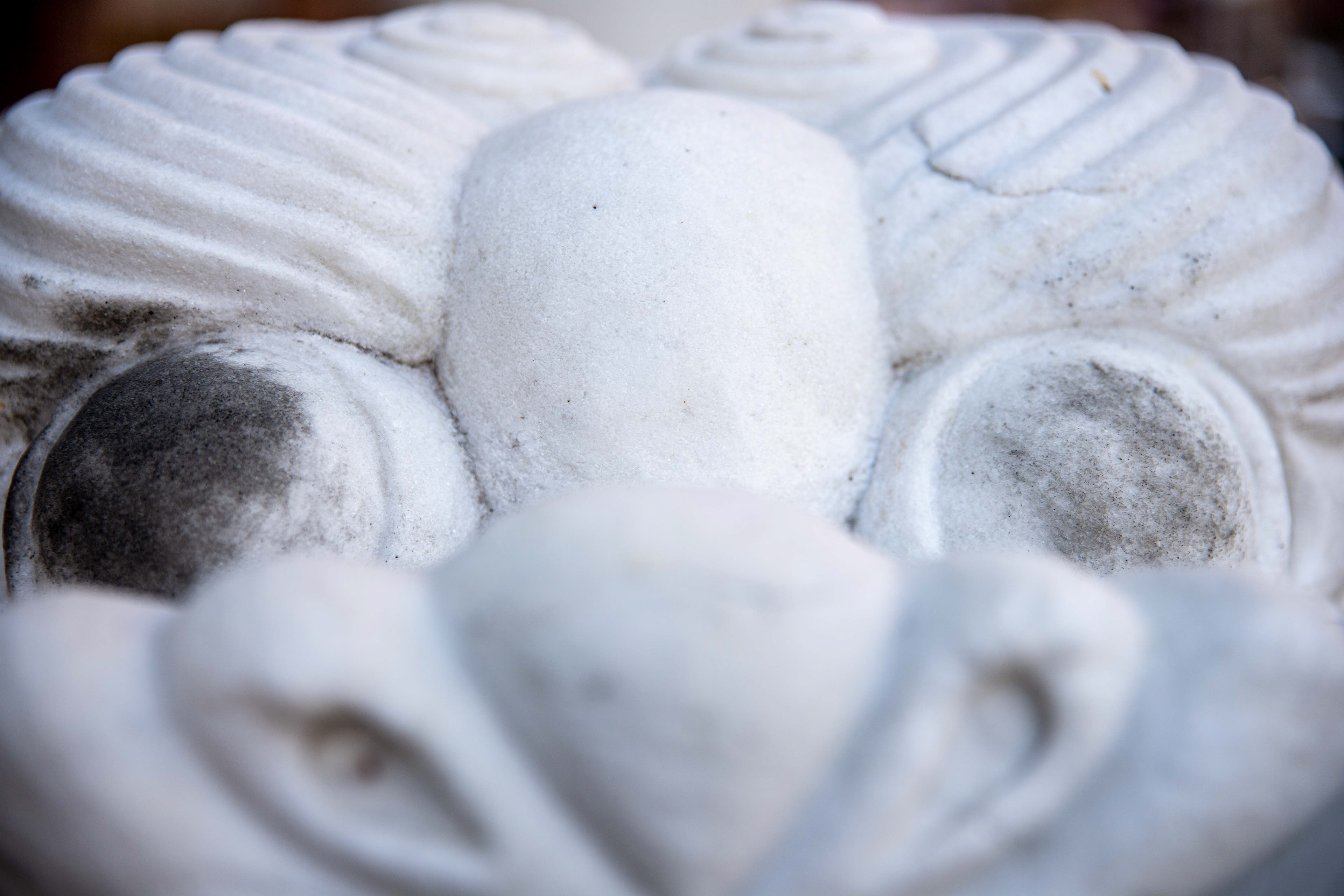

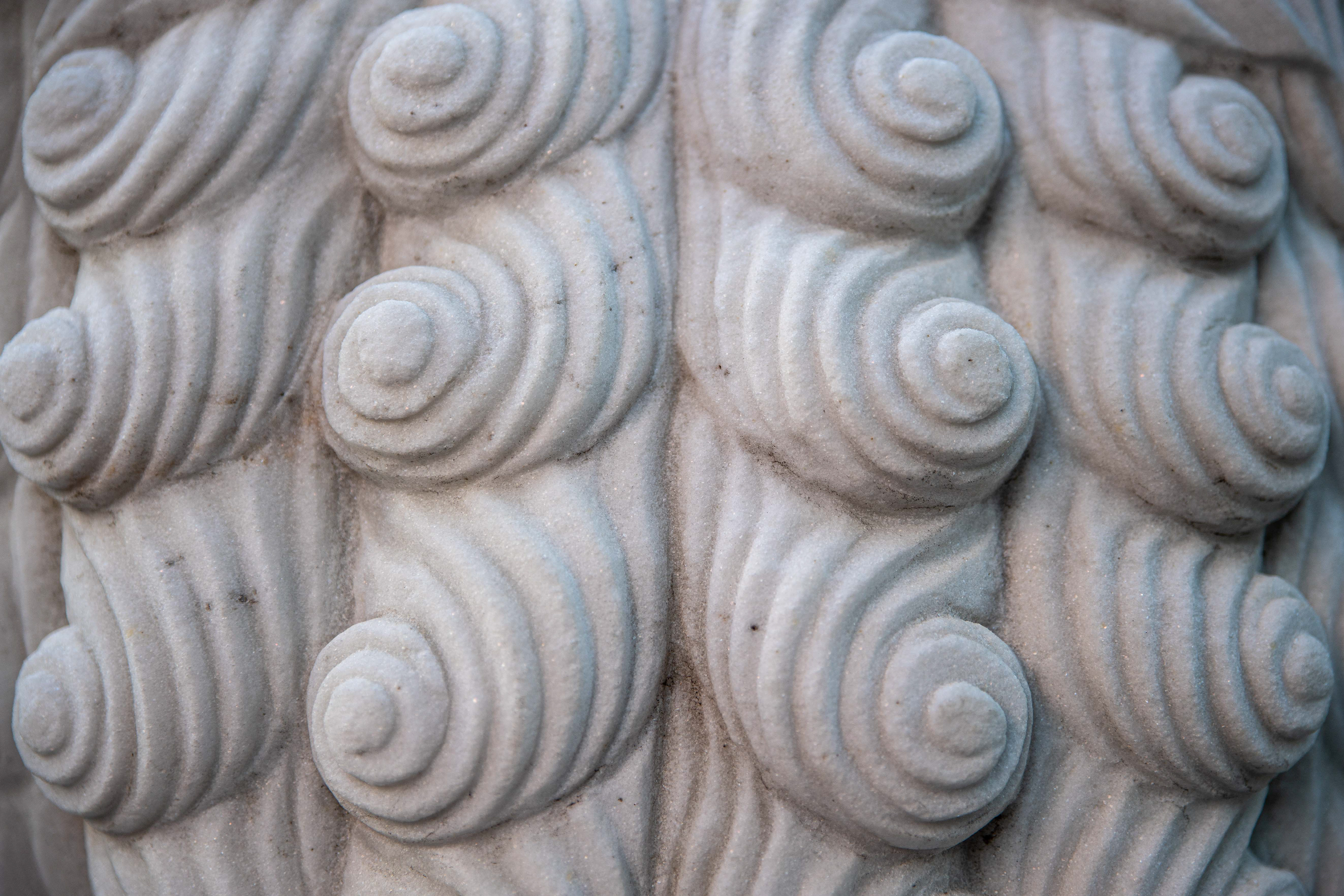
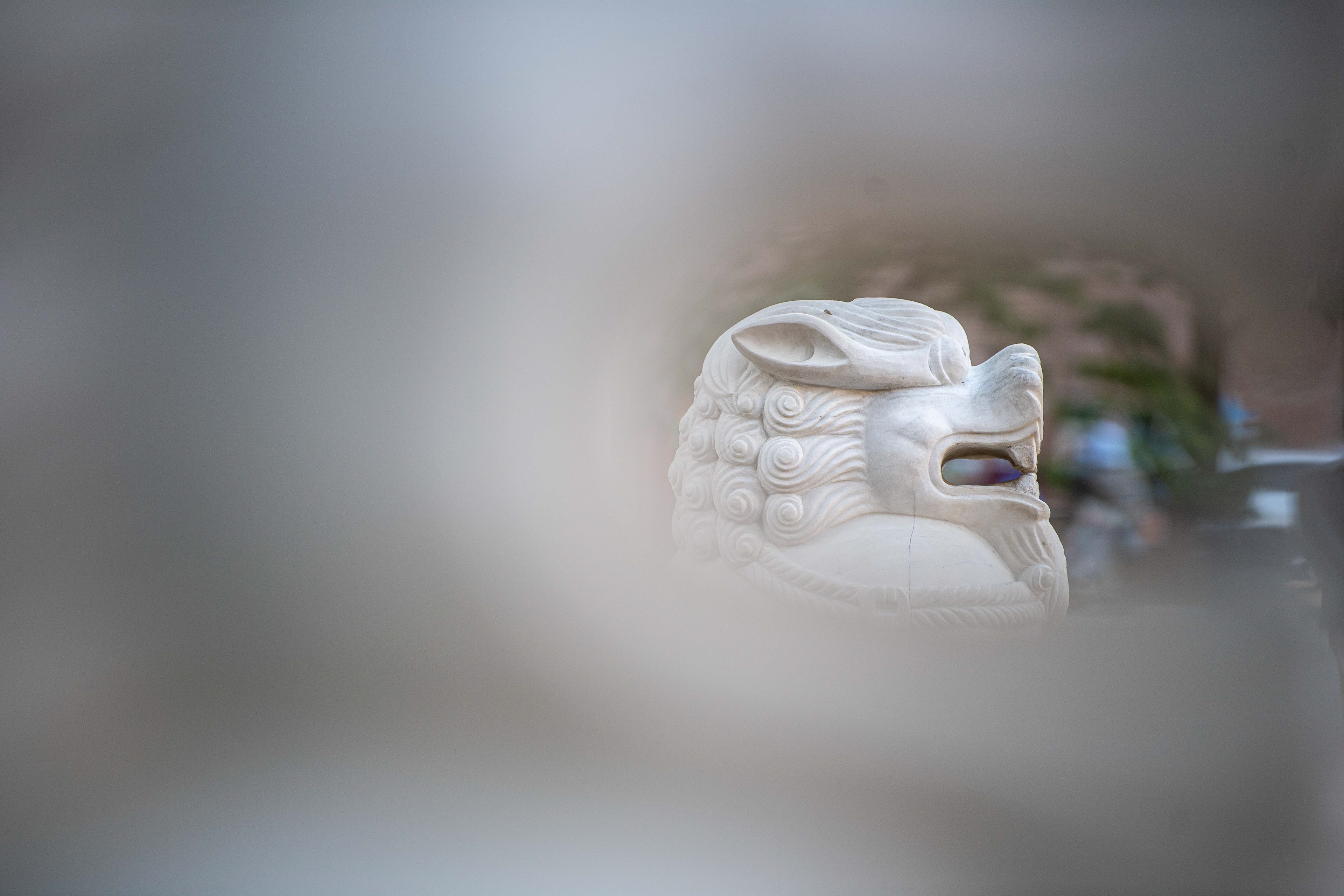
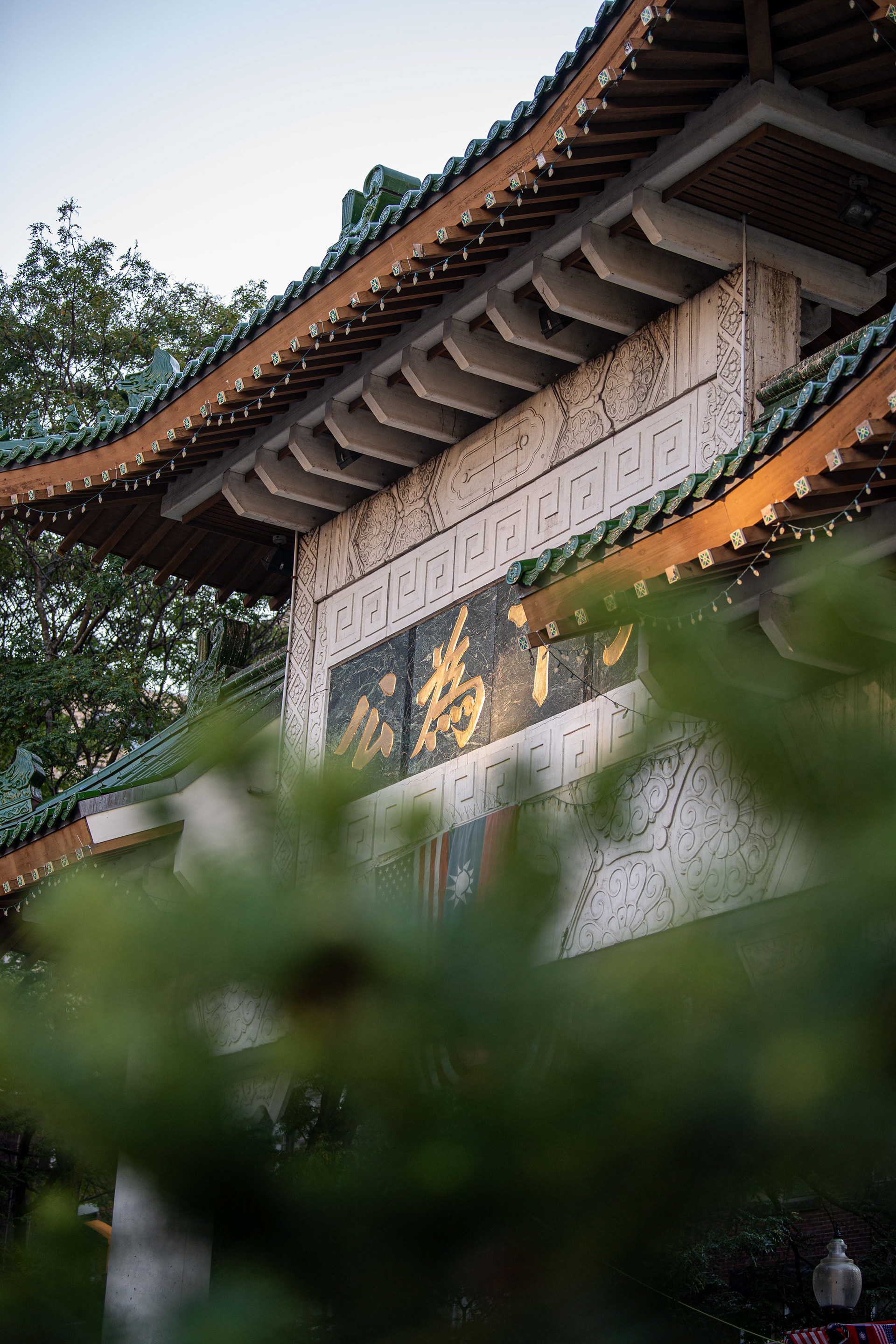
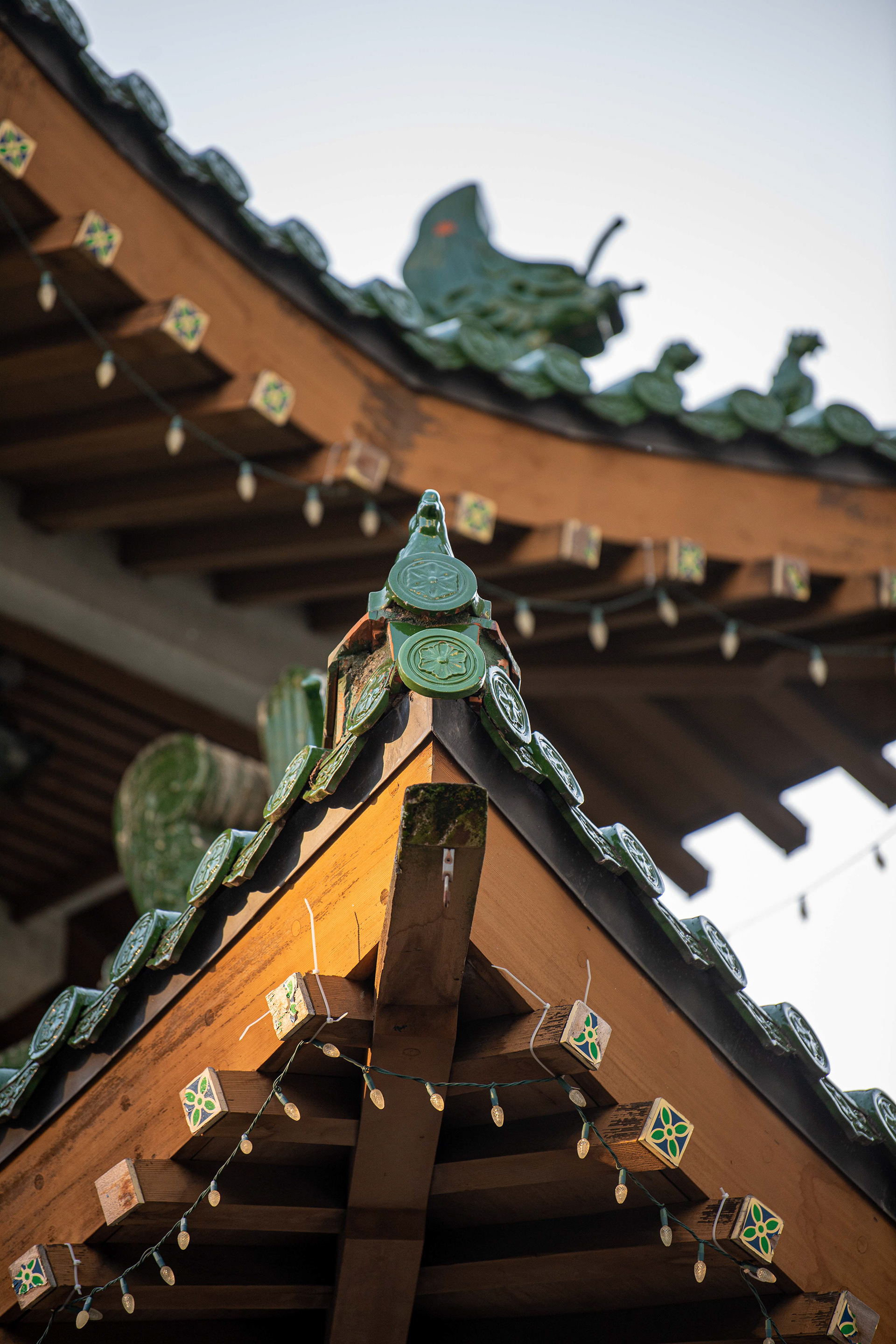

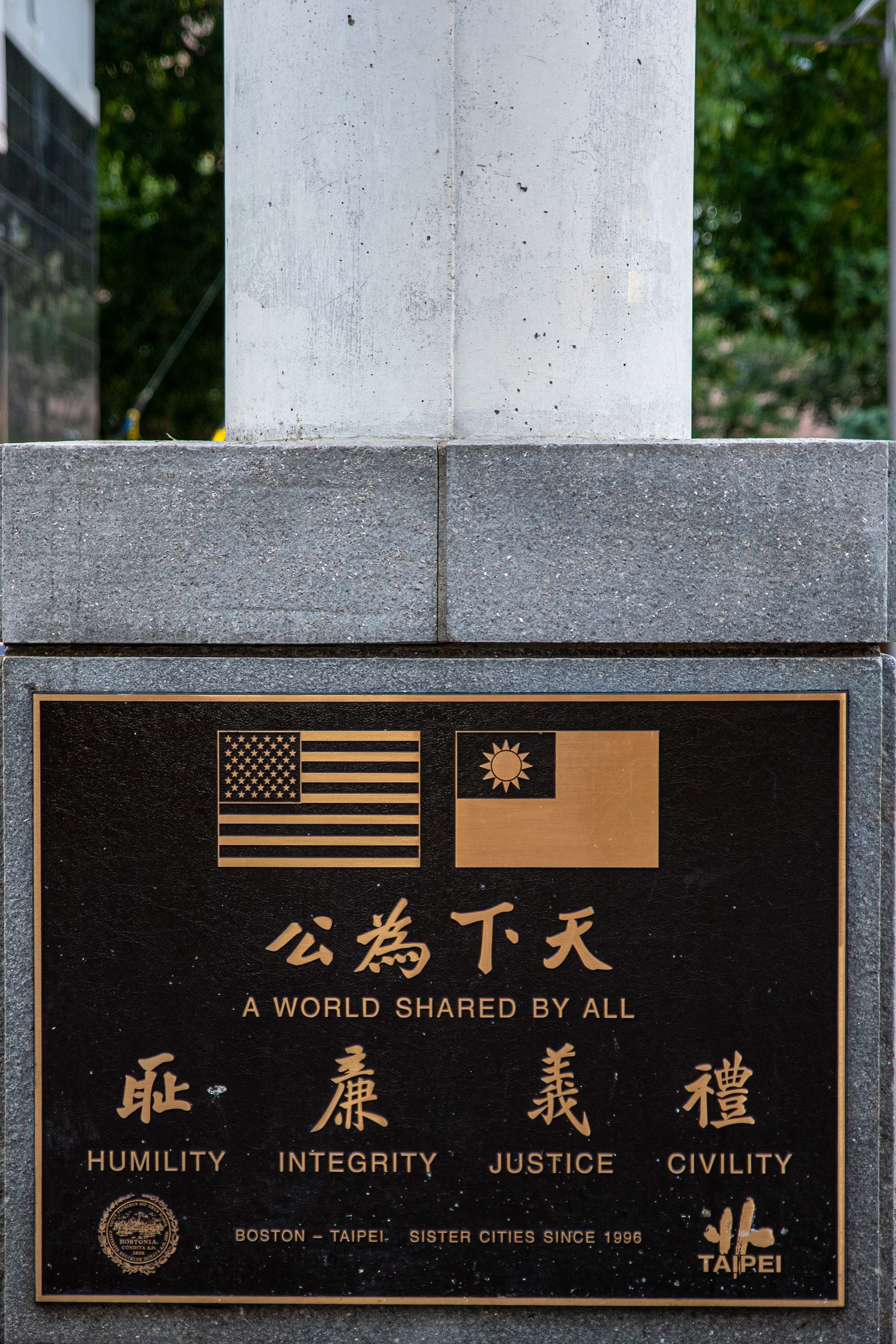
Black Lives Matter Protests Slideshow:
JR 637: Journal 1
The article, “This is Inequity at the Boiling Point” by Somini Sengupta of the New York Times, highlights the issue of global warming that is impacting the entire world and how those impacted by inequities are hurt worse by the effects of global warming.
Some of the key ideas in this article is the fact that rising temperatures are occurring globally, from New York City, to Nigeria, and to Athens there are those being affected by the cost of the warming Earth. Another idea is that those who are impacted by inequities such as class, age or race inequities are seeing more negative impacts by the increasingly high temperatures they are facing on a daily basis.
The article provides evidence through the accounts of each of the subjects. Putting the reader right into their lives demonstrates the struggles that they are facing each day. By telling the story of each subject the author is able to tie in the evidence about the rising temperatures in the area the person is living in, for example in Houston where Norma Rodriguez is living, “Average temperatures have risen by more than 3.5 degrees Fahrenheit since 1970. In mid-July, the city’s heat index peaked above 110 degrees.” By using hyperlinks, they are able to cite their sources directly for the reader to click on.
There isn’t an overall conclusion to the article, rather Sengupta leaves the reader with the story of Rafael Velasquez, a 66-year-old man who lives in a senior housing complex with no air conditioning. Velasquez is located in New York City, this is a choice by the author to bring it home for the readers of the New York Times for them to truly understand and relate to the story. By pointing out the challenges he faces such as not being able to afford an air conditioner, and not being able to see his daughters due to the pandemic, the readers can relate to the human aspect of the story to further understand the impact of the heat.
Visually, the article is very compelling. While the text offers a way for the author to further their point and give an understanding of the heat in each area, the images used in the article bring the reader directly into the life of the subject. The first thing you see when reading the article is a large image of a boy pouring a bottle of water over his head under a bright sky. Each image connects the reader with the subject that is being written about in the current section, and offers a real world perspective of the lives they are each living. The image of the child Miracle’s sweat covered face is strong because you can see the sweat that the mother is afraid of causing heat rash, it brings you into the moment. The appeal to the article as well is how clean the article has been built. The ability to scroll from the beginning through large images with text in the center is very powerful, and the composition of the imagery combined with the text to create a section for each person makes the article very digestible visually.
The main argument of the article is that there is a worldwide issue of global warming and those already suffering from inequities are being harmed by the lack of resources available to combat the rising temperatures. The extreme heat that is mentioned in the article is impacting everyone in each area mentioned, but due to the position each person mentioned in the article is in due to inequalities, they are suffering.
The question the article raises is what can be done to improve the quality of life for everyone as we continue to face global warming? What resources can be provided and what can be improved upon globally to ensure that those faced with these inequities are not sweltering in the heat because of their age, class or race.
